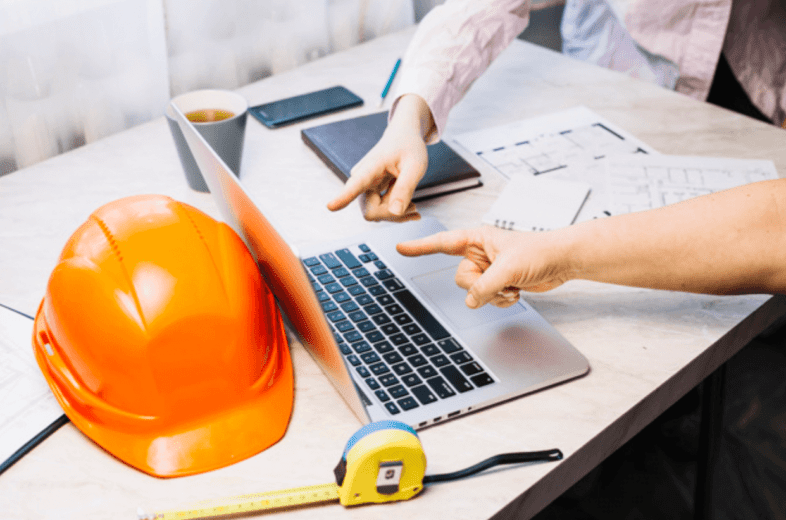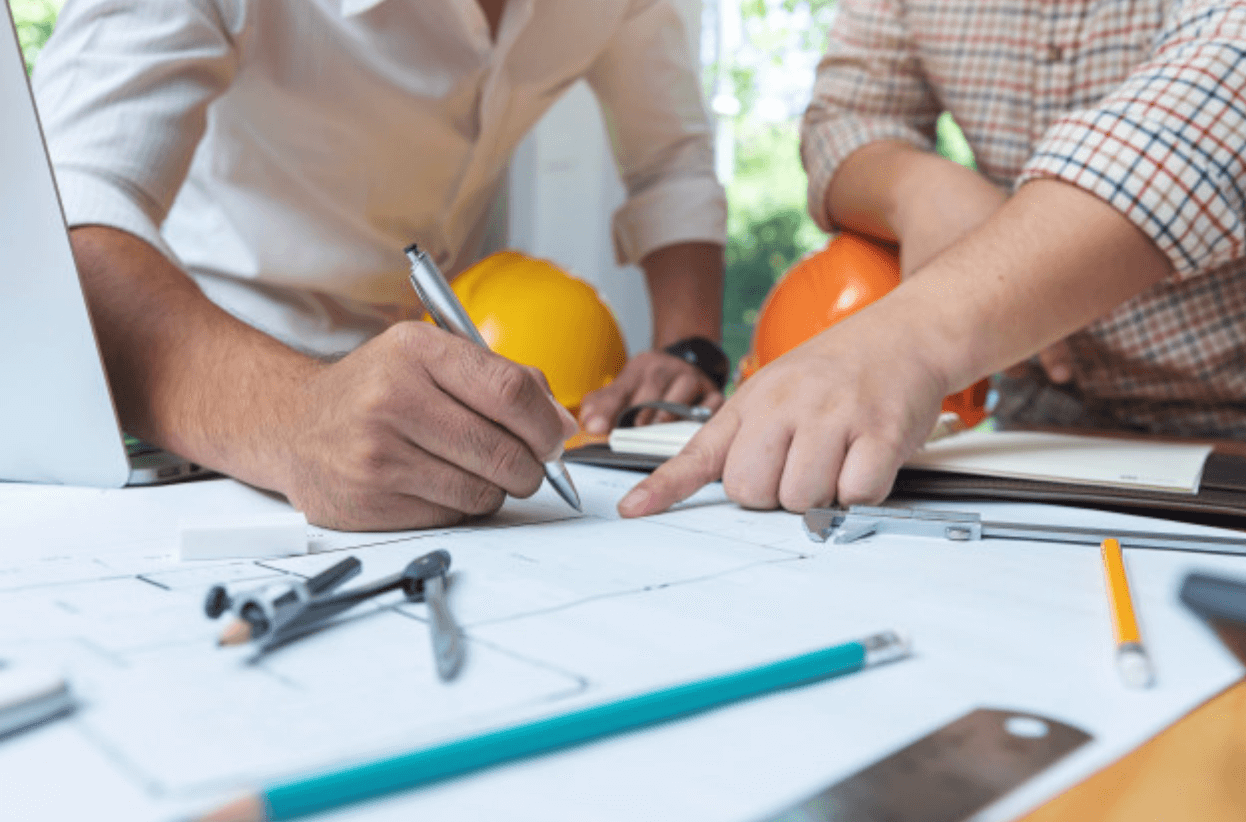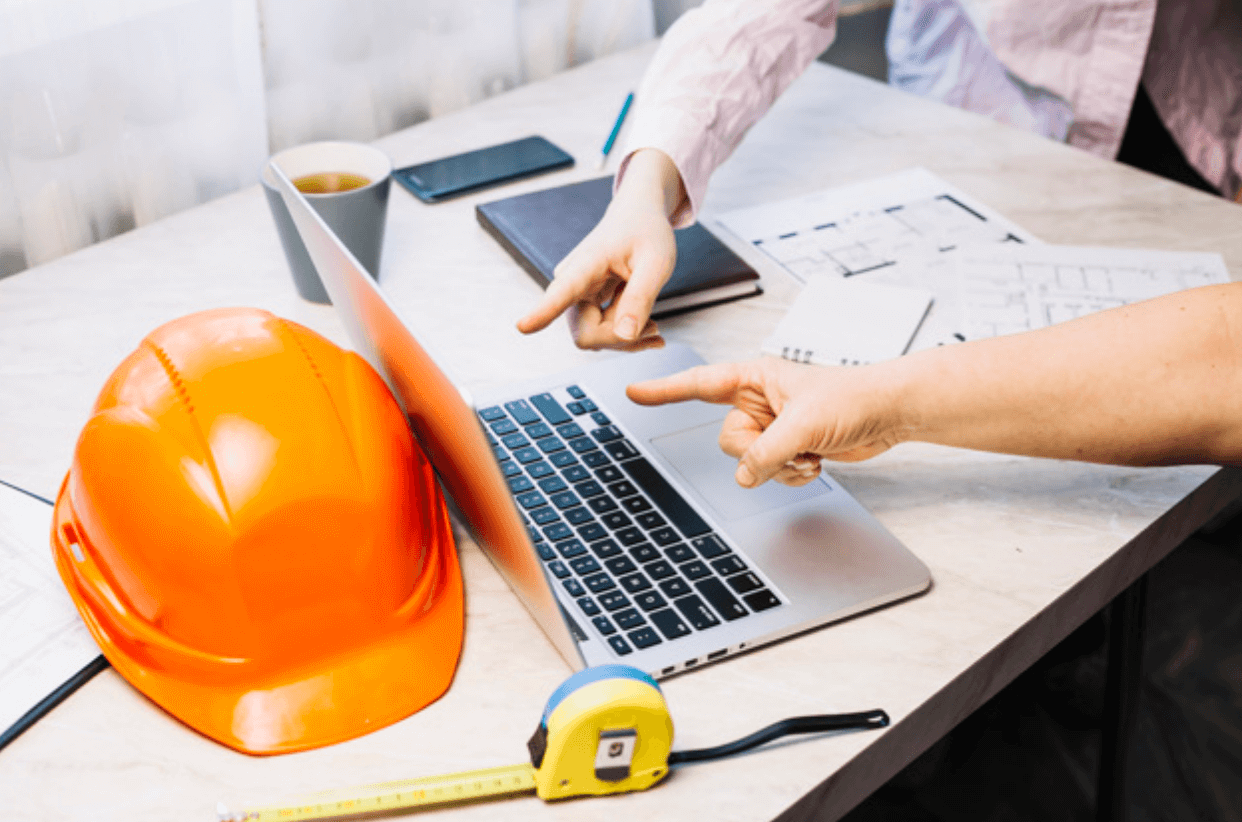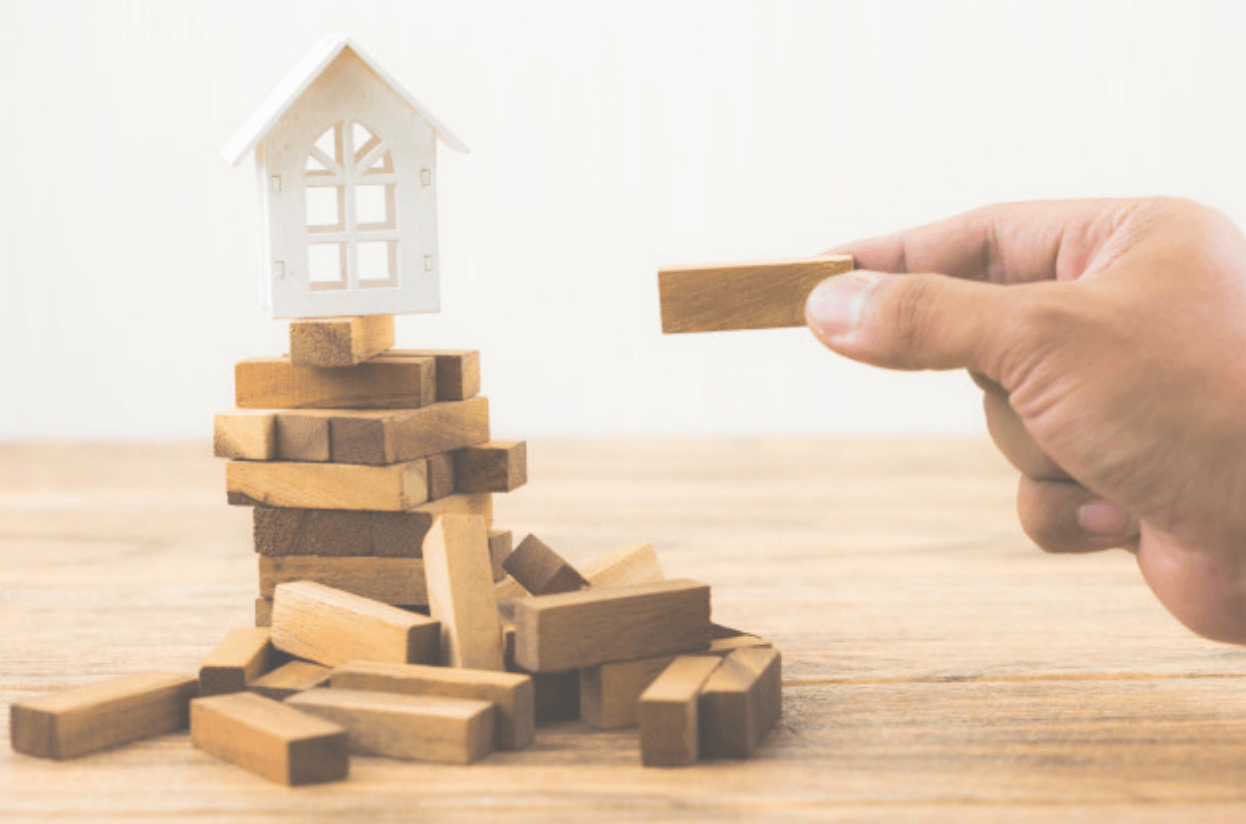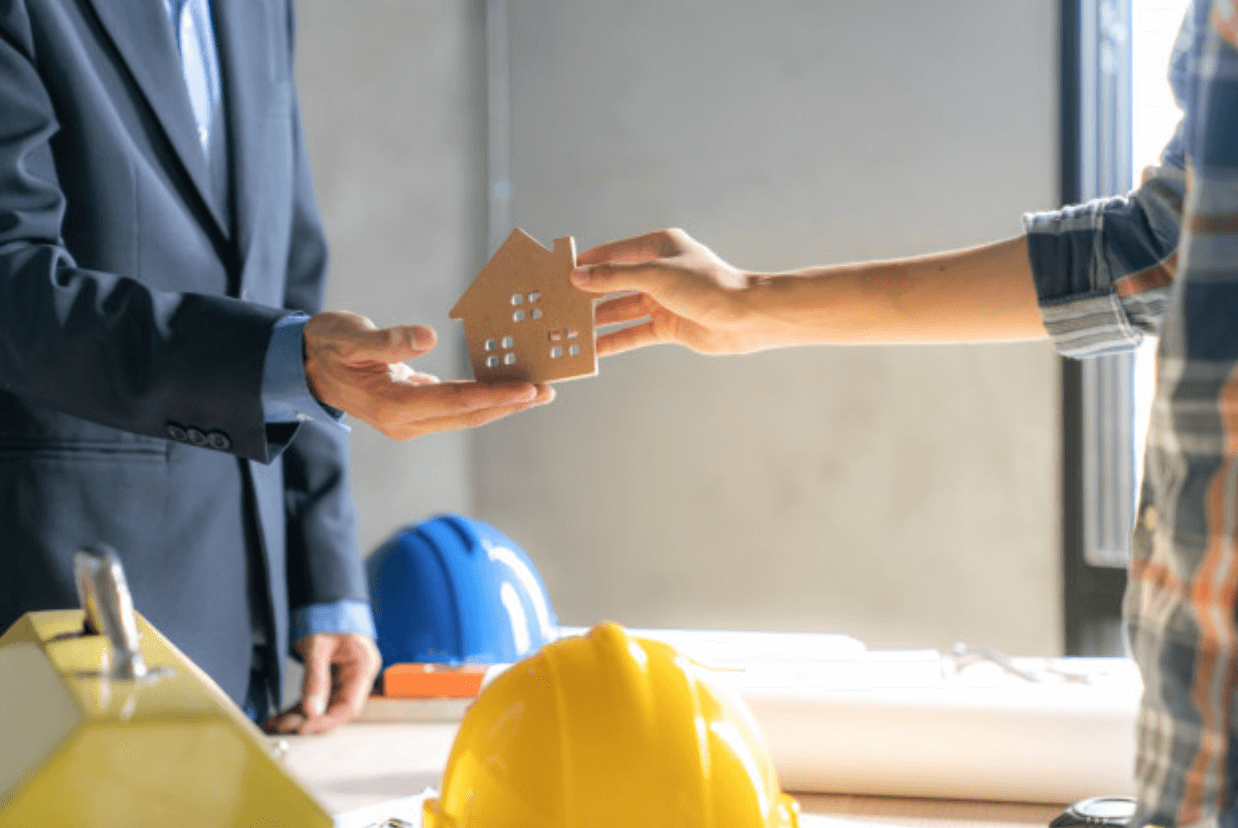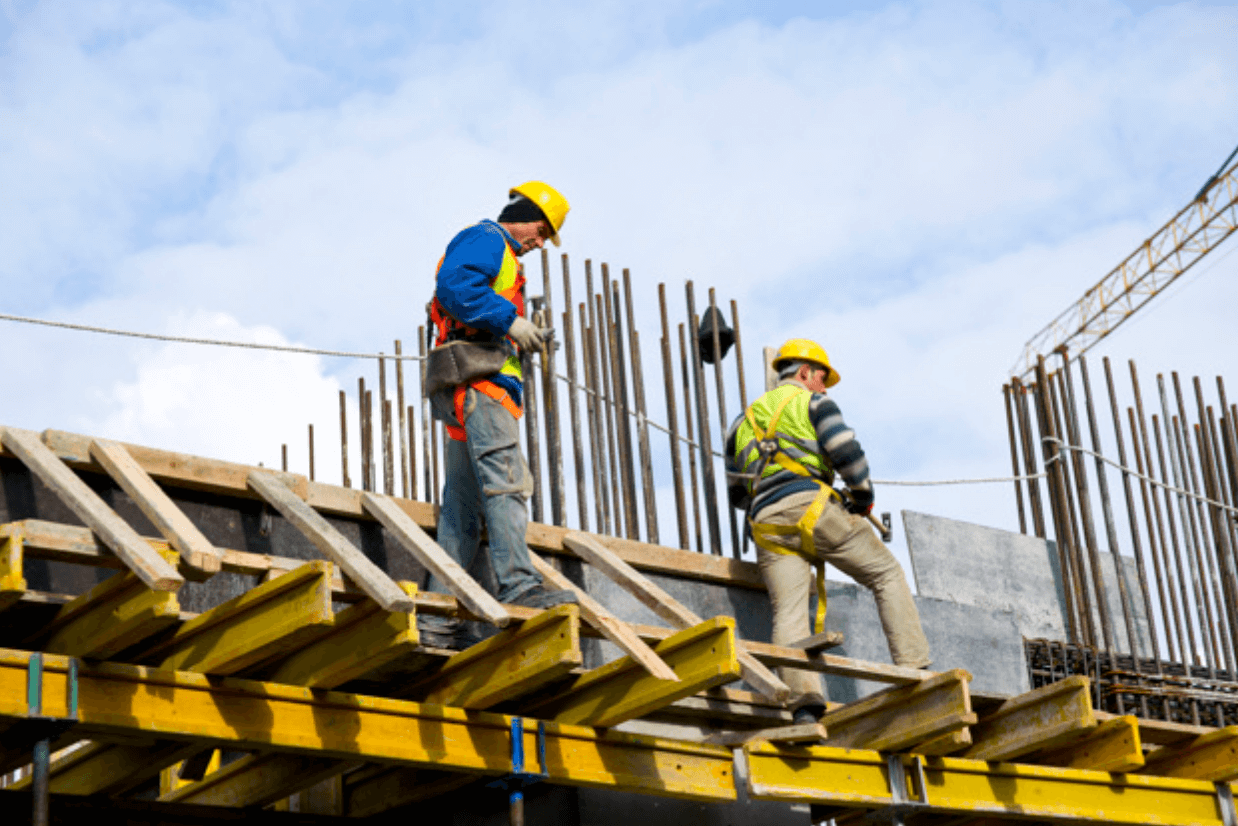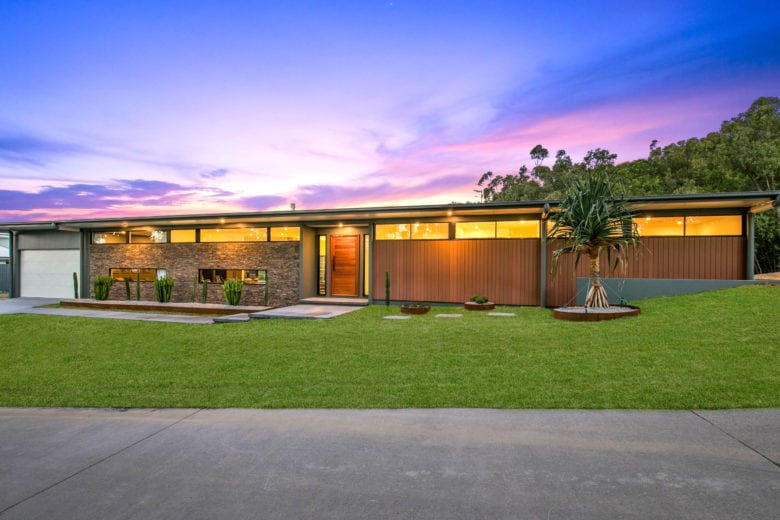Sunshine Coast Dual Key Living Homes

Dual Living Properties Revolutionising the Real Estate Landscape
Have you heard about the latest trend that’s changing the shape of the Australian real estate market?
Dual living homes, or dual key properties as they’re also known, are quickly becoming the hottest topic on the Sunshine Coast with owner occupiers and investors clambering to get a foot into the market. Due to rising house prices increasing demand for new types of living arrangements, the popularity of dual key homes is skyrocketing. These properties are also perfect for people who regularly travel and those looking for increased rental income. We have written this blog to help you learn more about this opportunity and the benefits of having separate homes under the one roof – so read on!
What is Dual Key Living?
Dual key homes look like normal properties from the outside but they are actually two dwellings on the inside. The single property is designed to accommodate two self-contained households or two distinct tenants on the one legal title. Both living areas usually contain bedrooms, a bathroom, kitchen or kitchenette and living space/s and dual key properties may have three to four bedrooms as the main residence and one or two rooms as a secondary area. These properties often have their own entrance or foyer area leading to two separately lockable doors and may also share facilities like a laundry. A good way to understand dual key living is as a combination between granny flats and a duplex. Like a granny flat, there are two living areas are on one site however unlike duplexes these spaces aren’t an exact mirror of each other and don’t have to be adjoining. There are many advantages to this arrangement including higher rental returns, accommodating relatives and paying only one set of rates and land tax.
What are the Benefits of Dual Key Living?
Dual key housing is fast becoming the hottest method of property ownership and investment on the Sunshine Coast as it presents lots of benefits to investors and owner occupiers alike. We’ve listed just a small selection of the benefits of dual living properties below:
Double Rent & Single Rates
One of the main advantages of dual key houses is the savings made on maintaining them. Most people know that one of the main obstacles in keeping an investment property are fees and rates that need to be paid. As a dual living property has two tenants but only a single freehold land title, this means you don’t need to pay any body corporate fees like for duplexes you only have to pay one lot of Council rates and water fees for both the dwellings. This can save you thousands of dollars every year and helps with positive gearing. The cash flow positive nature of dual living properties usually covers interest repayments and other costs. Additionally, you’ll simply have a single property to manage. Please note that dual key homes are subject to Council approval however, Optam Building Group can help you with this.
Accommodate Extra Family Members
As dual key homes are fully self-contained, the second part of the home can be used by other family members who may need to live nearby. Your relatives will have their own completely private space which is perfect for an elderly parent or relative who needs to be close by so you can provide them with care. Instead of having a separate Granny Flat and incurring the associated extra expenses, your family members can still enjoy their own privacy whilst you enjoy the savings.
Live in one Area and Rent Out the Other
Owner occupiers can also benefit from dual key living. They have the option to live in one section of the dual key property whilst renting out the other part of the dwelling to a tenant. The main advantage of this strategy is that the rent received from the lease can subsidise the owner occupiers’ mortgage repayments, helping them pay off their home loan and own the property sooner. This strategy is also a good fit for investors who may want to live in the property too.
Lock and Leave While Travelling
Those people who travel will also love dual key properties. Another great benefit is that you can lock up your part of the home if you ever travel whilst still renting out the other section. So instead of going away on a holiday and simply having your home sitting there doing nothing, you now have the ability to generate extra income from the second section of the property whilst you’re absent. Additionally, your tenant will be able to collect mail for you and keep an eye on your property, giving you peace of mind that your home is safe and being looked after.
Contact Optam Building Group Today
Having two dwellings on one legal title using a dual key arrangement takes the humble Granny Flat to a new level and avoids extra expenses like with duplexes. With more and more people on the Sunshine Coast looking for alternative living options and investors hungry for positively geared properties, it’s no wonder this type of arrangement is becoming more and more popular every day. Allowing investors to collect double the rent whist only paying one set of rates is a great advantage as is the potential to provide a private living space for family members who need to be close by due to their care requirements. Owner occupiers can also use this strategy to pay off their mortgage quicker and travellers will love the fact that they’re still earning income whilst on holidays and their property is being looked after.
Optam is one of the leading builders on the Sunshine Coast and pioneers in the construction of dual living homes. We have over three decades in the building industry and a large team of expert trades waiting to help you with your next project. Please contact us today on (07) 5443 3780 or email admin@optam.com.au for your free discovery consultation.


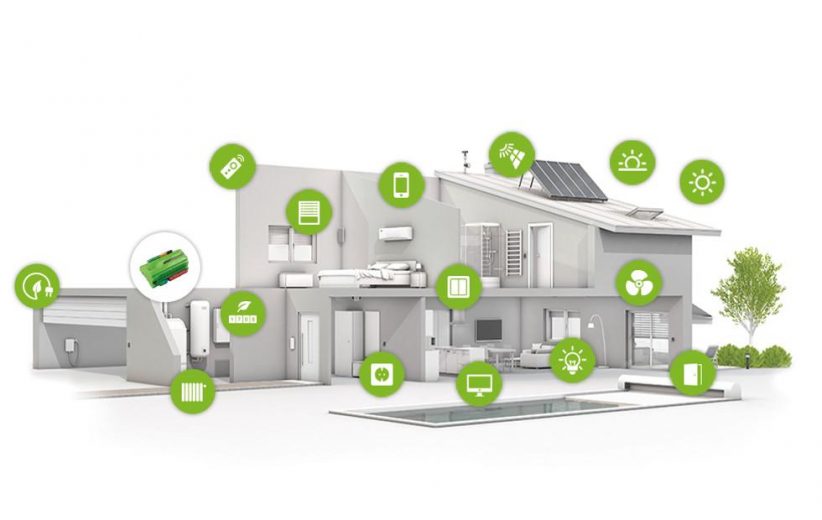


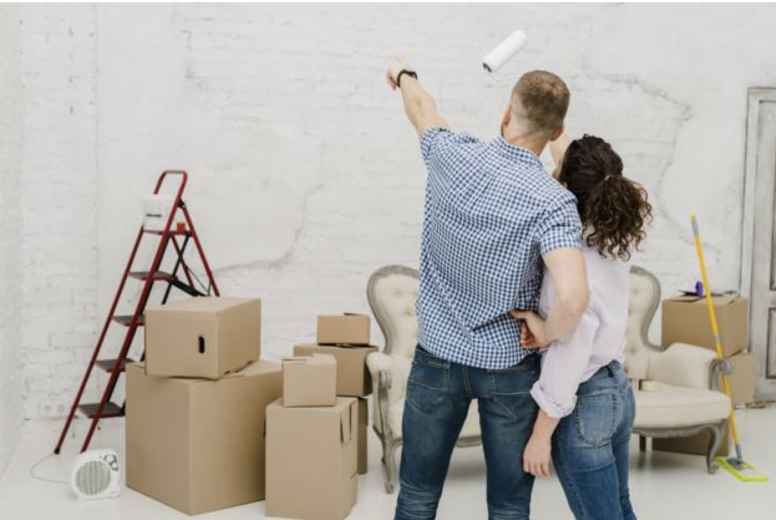
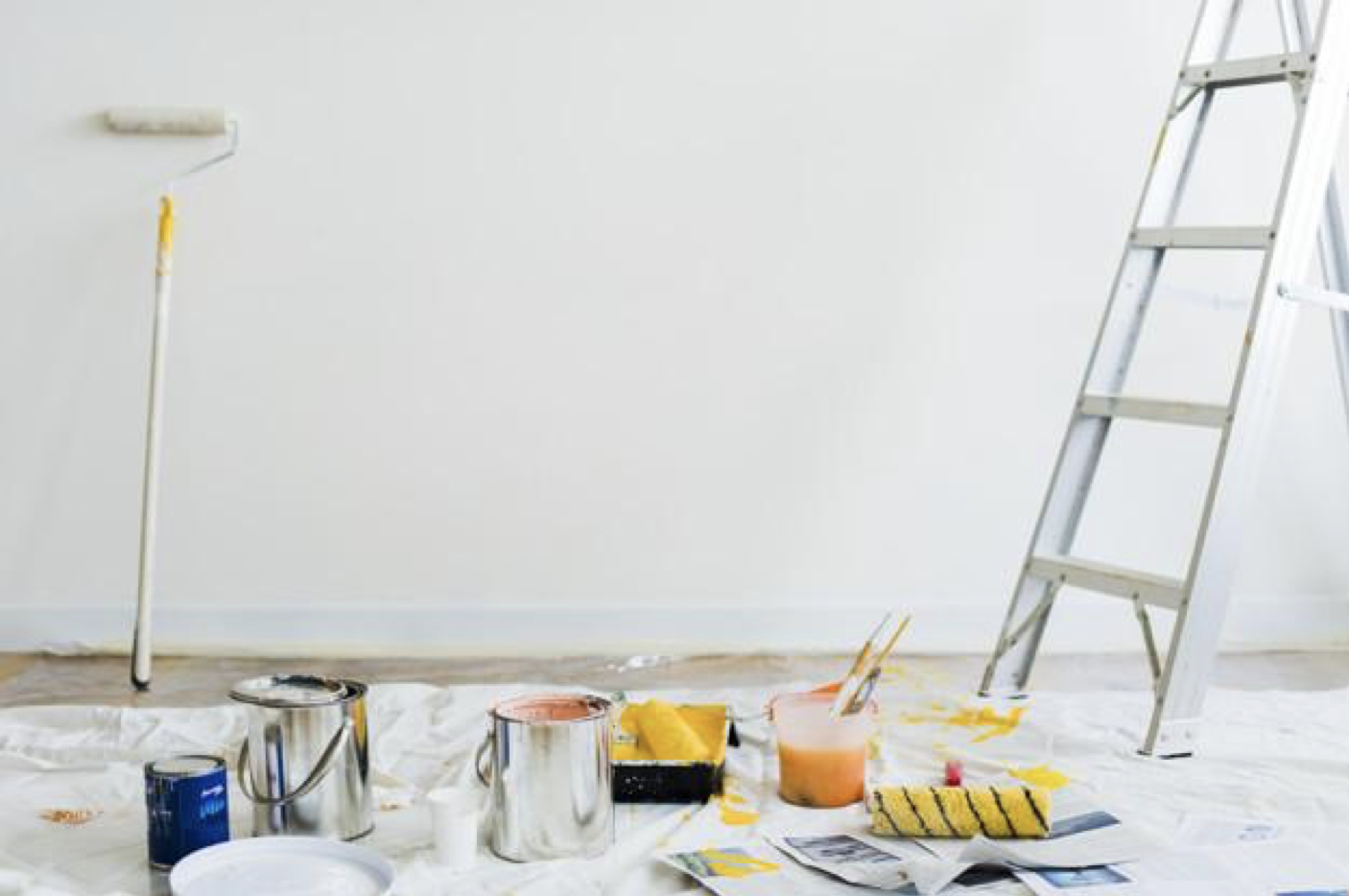


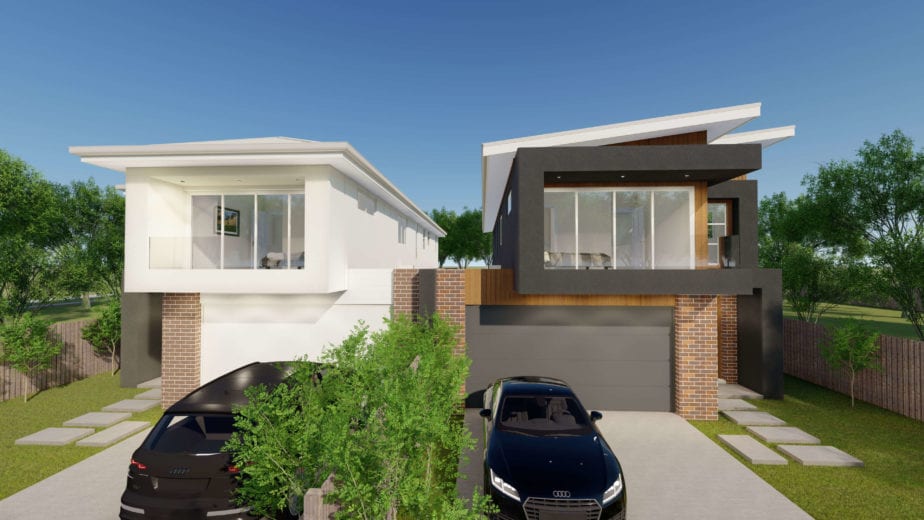

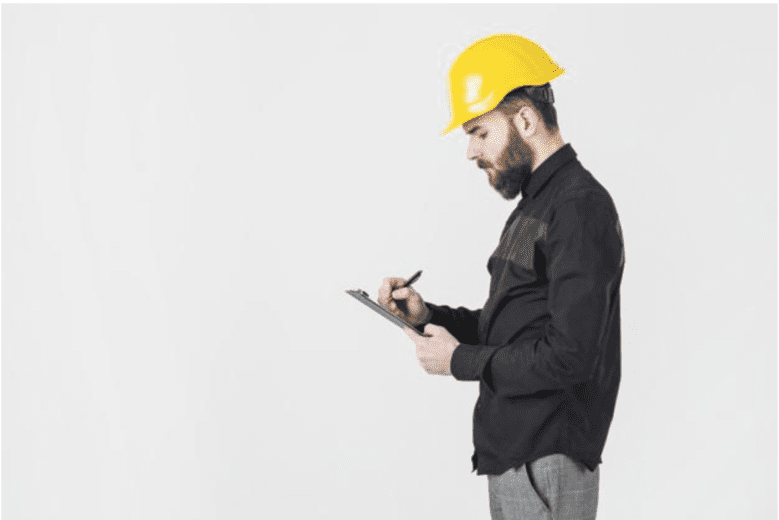
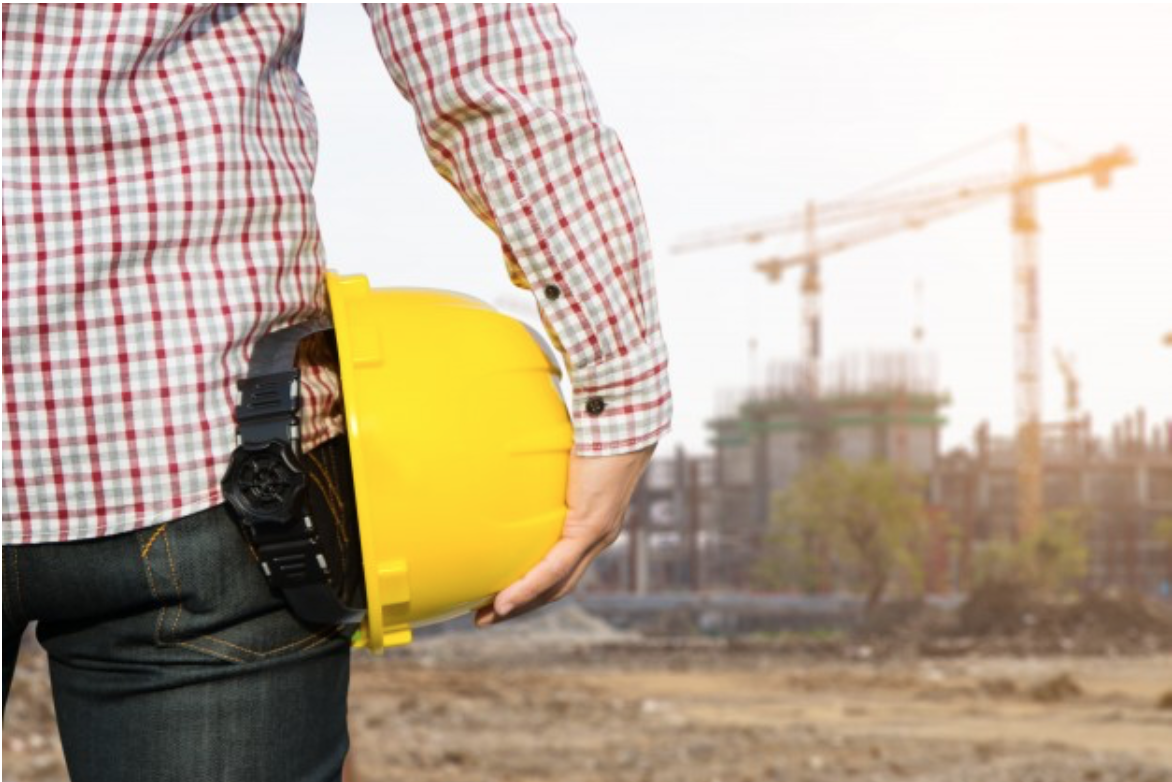
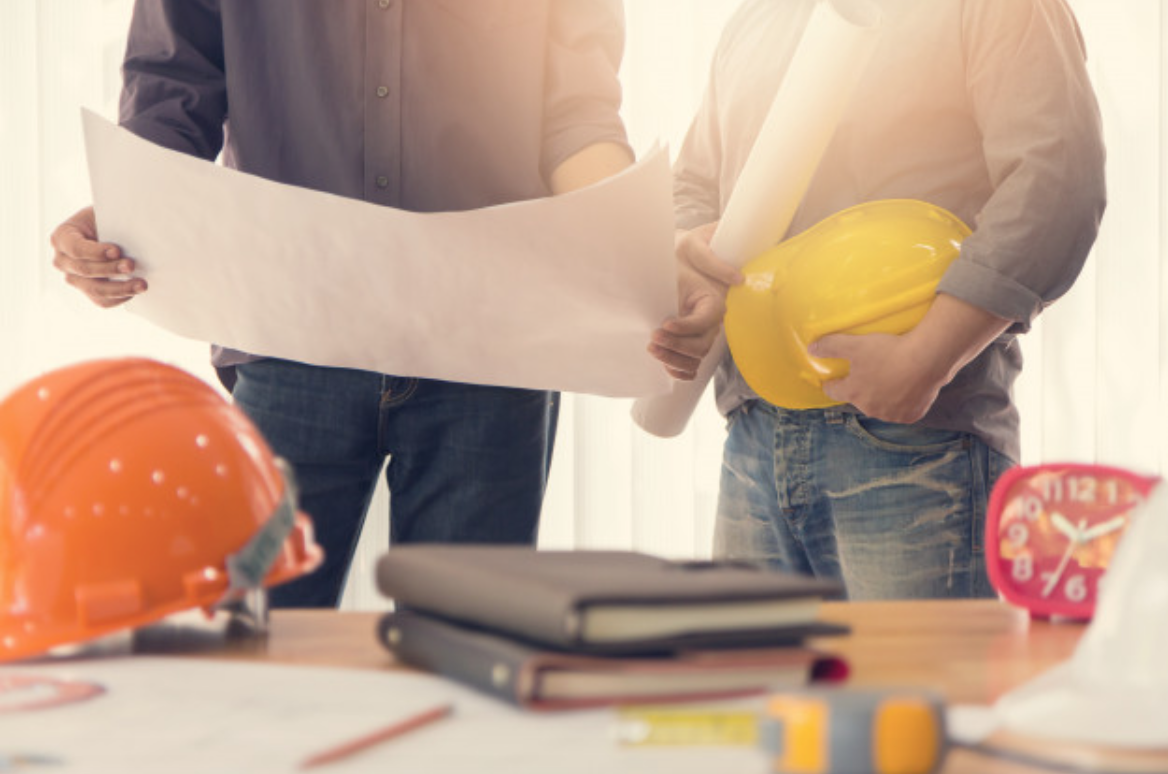

 Managing Director and Owner: Gerry Hoggard bought Sperway in 1984, Gerry has been in the Building Industry for over 37 years with the following qualifications; B.App.Sci. Post grad T. & R.P. (Melb. Uni.) L.S., Registered Building Practitioner (VIC), Licenced Contractor (NSW). He commenced the
Managing Director and Owner: Gerry Hoggard bought Sperway in 1984, Gerry has been in the Building Industry for over 37 years with the following qualifications; B.App.Sci. Post grad T. & R.P. (Melb. Uni.) L.S., Registered Building Practitioner (VIC), Licenced Contractor (NSW). He commenced the 